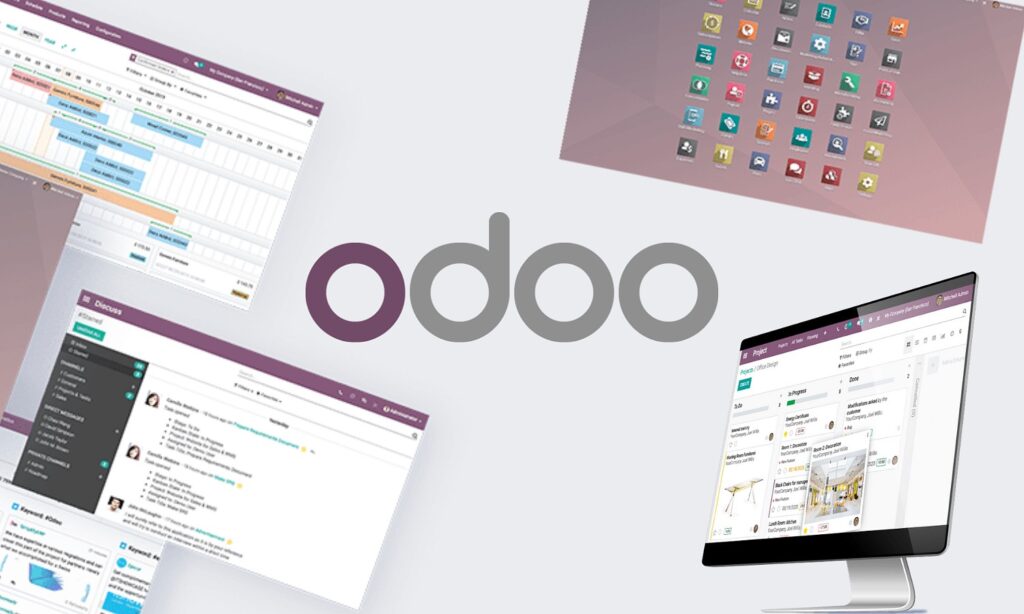Odoo is a comprehensive business management system used by a CPA, known for its flexibility and capability to meet the needs of small, medium, and large enterprises. It consists of a series of modules that cover all aspects of business operations. In this article, we will delve into the key features of Odoo, explore its applications, and discuss how to utilize them effectively.
Integrated Applications
Odoo offers over 30 core applications and more than 16,000 additional apps available in the App Store, enabling businesses to customize the system according to their specific needs. Below are some of the primary applications:
1- Customer Relationship Management (CRM)
Features: Opportunity management, lead tracking , activity management, email integration, reporting, and analytics.
– Benefits: Enhances the sales process by tracking potential customers and analyzing their data.
2- Sales
– Features: Quotation management, order management, contract management, and automated invoicing.
– Benefits: Improves the sales cycle and increases efficiency in customer interactions.
3- Accounting
– Features: Invoice management, payment tracking, expense management, and financial reporting.
– Benefits: Enhances financial transparency and cash flow management.
4- Project Management
– Features: Task management, timelines, real-time collaboration, time and cost tracking.
– Benefits: Optimizes project planning and execution, boosting productivity.
5- Human Resources (HR)
– Features: Employee management, attendance tracking, payroll management, recruitment, and training.
– Benefits: Improves HR management and increases employee satisfaction.
6- Manufacturing
– Features: Work order management, bill of materials management, production cost management, and quality tracking.
– Benefits: Enhances manufacturing operations and increases production efficiency.
7- Inventory
– Features: Stock level management, shipment tracking, multi-warehouse management, and integration with sales and purchasing.
– Benefits: Reduces costs and improves efficiency in inventory management.
Key Benefits of Using Odoo
1- Seamless Integration: The applications work together cohesively, reducing the need for external integrations and enhancing workflow efficiency.
2- Increased Efficiency: By automating manual processes, businesses can reduce the time spent on routine tasks and boost productivity.
3- Customization Flexibility: Odoo can be tailored to fit various business needs through additional modules and available applications.
4- Low Cost: Thanks to its open-source nature, small and medium-sized businesses can access powerful features at a lower cost compared to traditional ERP systems.
Getting Started with Odoo
1- Free and Open-Source Version
– Access: The free version can be downloaded from Odoo’s official website..
– Available Applications: Includes essential apps like CRM, Sales, and Accounting.
2- Paid Version
– Additional Features: The paid version offers extra features such as technical support and hosting services.
Pricing Plans: Pricing details are available at our company, Rakazat Al-Amal, as an official Odoo partner.
Examples of Odoo Implementation in Companies
– Small and Medium Enterprises: These businesses can use Odoo to manage all aspects of their operations, from accounting to HR, providing an integrated and cost-effective solution.
– Large Enterprises: Thanks to its scalability and diverse applications, Odoo enables large enterprises to manage complex and multi-faceted operations effectively.
In conclusion, utilizing Odoo can help companies enhance their operational efficiency and integrate various functions and departments, contributing to achieving their strategic goals and sustainable growth.




